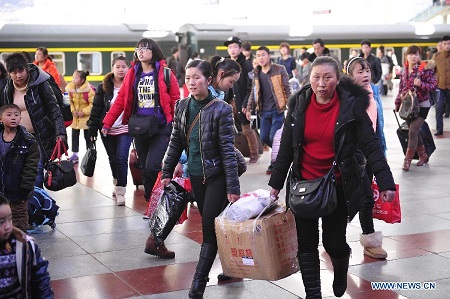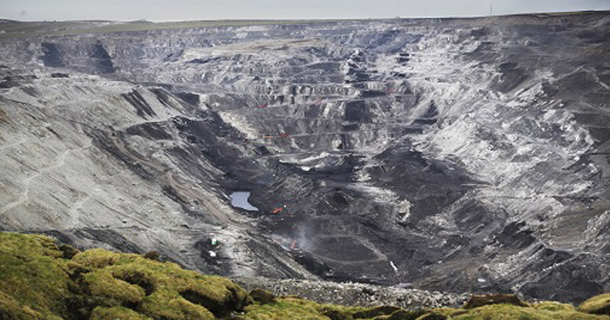China has announced plans to urbanise Tibet’s rural population and increase military presence in the region, citing terrorism and environmental concerns as justification for the new policies. Local environmental campaigners fear that such a relocation might encourage damaging exploitation of Tibet’s natural resources.
The Chinese government says it will increase the urban population of the Tibet Autonomous Region by 30%, an increase of approximately 280,000 people, by 2020. According to Free Tibet, a British pro-Tibetan information and campaigning organisation, China has moved up to two million Tibetan nomads to urban settlements since it took over the country in 1951. Many of the migrants struggle to adapt to their new homes. “Tibetan nomads are put under pressure to leave their traditional way of life and often relocated to new urban developments with a lump sum for compensation. Once this is spent, many nomads lack the skills to compete in the urban world”, reads one recent article on FreeTibet.org.
China claims that the relocation of rural Tibetans helps protect the mountains from overgrazing, yet Tibetan protest groups claim that the resulting exploitation of the area’s natural resources poses a much greater threat to the local environment. “The mountains [are] opened and stripped bare, the valleys are filled with dust, and rivers and brooks… contaminated, causing diseases for both humans and animals,” said one protester, speaking to Radio Free Asia on condition of anonymity. “The mine owners… pay money to authorities… so when we appeal for help to local authorities in the county and prefecture, they cannot address our concerns,” he said.
 FreeTibet.org speculates that forced migration may be used to undermine resistance to Chinese rule, which is more common in rural areas: “[One] reason that China is eager to relocate Tibetan nomads is because they can be more easily monitored and controlled in case of protests and resistance to China’s illegal rule. Many Tibetan protests take place in rural areas in response to China-backed companies exploiting the rich environment.”
FreeTibet.org speculates that forced migration may be used to undermine resistance to Chinese rule, which is more common in rural areas: “[One] reason that China is eager to relocate Tibetan nomads is because they can be more easily monitored and controlled in case of protests and resistance to China’s illegal rule. Many Tibetan protests take place in rural areas in response to China-backed companies exploiting the rich environment.”
Han Chinese are also being encouraged to move to the region. Official statistics report that 2,000-3,000 Chinese migrate to Tibet each day via the Gormo to Lhasa railway line, which connects Tibet to mainland China. The exile Tibetan administration observes that, “under the guise of economic and social development, [Beijing] encourages the migration of Chinese population to Tibet, marginalising the Tibetans in economic, educational, political and social spheres.”. FreeTibet.org further suggest that the influx of Chinese may be another tactic to reduce Tibetan dissent, saying “China believes that by populating its occupied territories with Chinese people, it will make protests and Tibetans resistance weaker and homogenise Tibet.”
Both urban and rural communities have experienced growing oppression in recent months, with an increased military presence in the region since Beijing announced its expanded “counter-terrorism” operation in May 2014. This follows the 2012 introduction of “red-armband patrols”, groups of community workers who conduct surveillance on behalf of the government.






 Print
Print Email
Email